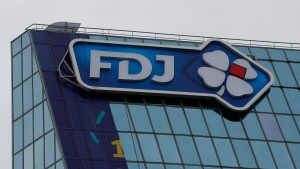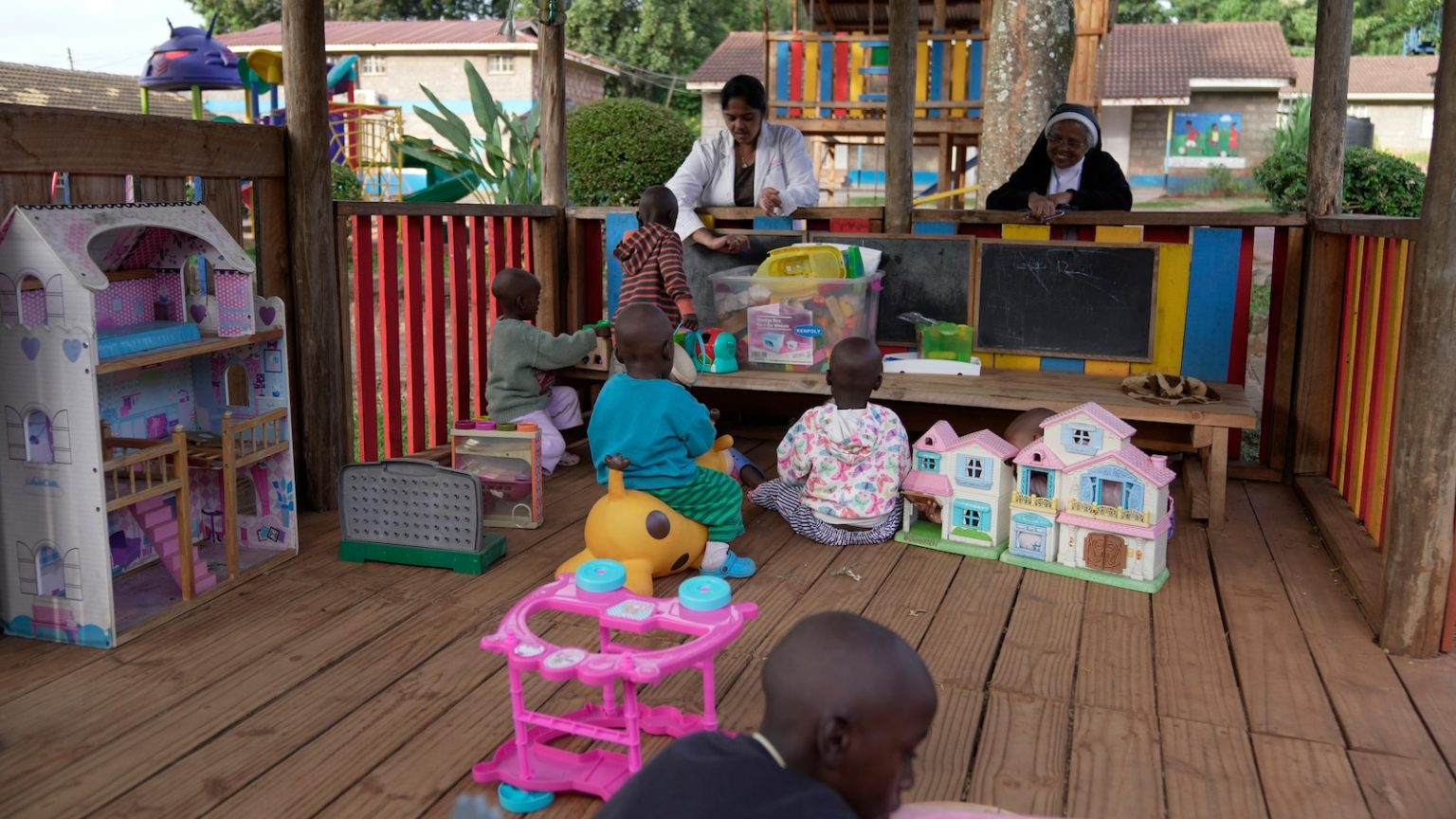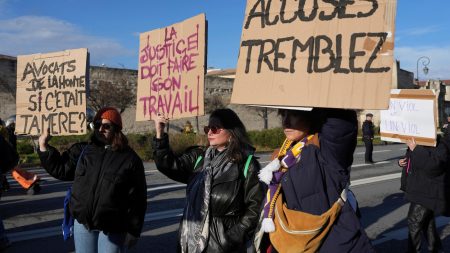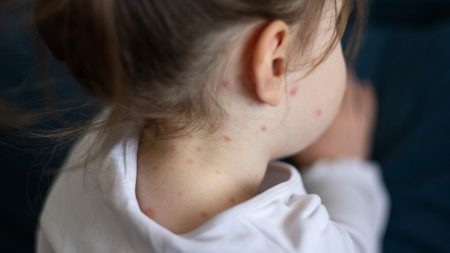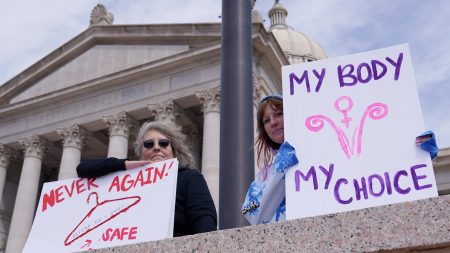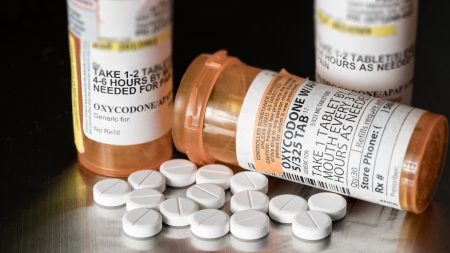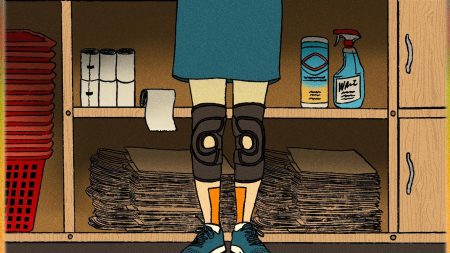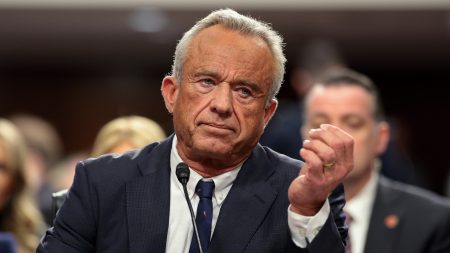The Life-Saving Mission of Nyumbani Children’s Home
Nyumbani Children’s Home in Nairobi, Kenya, stands as a beacon of hope for children affected by HIV/AIDS. Established in 1992 by Christian missionaries, the home has transformed from a palliative care center to a vibrant community where children receive lifesaving treatment. Evans, a two-year-old, exemplifies the home’s impact. Diagnosed with HIV and tuberculosis, Evans was on the brink of death until Nyumbani provided him with antiretroviral therapy (ART). This medication, funded through USAID’s PEPFAR program, turned Evans’ life around, allowing him to thrive. The home’s work is a testament to resilience and compassion, offering not just medical care but a loving environment where children can grow and flourish.
The Devastating Impact of USAID Funding Cuts
The recent freeze on USAID funding under President Trump’s executive order poses an existential threat to Nyumbani and similar institutions. This decision halts the supply of ART drugs, which are crucial for children like Evans. Without these medications, their fragile health will deteriorate rapidly, leading to life-threatening complications. The home’s caregivers, who have dedicated their lives to these children, now face an uncertain future. Sister Teresa Palakudy, with 28 years of service, recalls the devastating era before ART, when children succumbed to AIDS. The thought of returning to those days is unbearable, highlighting the urgent need for continued funding to prevent a humanitarian crisis.
A Brief History of Nyumbani and Its Lifesaving Work
Since its inception, Nyumbani has been a refuge for orphaned and abandoned children living with HIV. In the early years, the home focused on palliative care, but the introduction of ART in the early 2000s through PEPFAR transformed their mission. Sister Palakudy recalls the miraculous change as children began to thrive, attend school, and live normal lives. Nyumbani’s success extends beyond the rescue center, with outreach programs like Lea Toto and Nyumbani Village supporting thousands more. Over the years, USAID and PEPFAR have been instrumental, providing over $16 million in funding. This support enabled the home to expand its reach and improve the quality of care, making it a model of effective aid utilization.
The Critical Role of USAID and PEPFAR in Combating HIV/AIDS
PEPFAR, launched in 2003, has been a cornerstone in the global fight against HIV/AIDS, especially in Kenya. Over $8 billion invested has provided treatment for 1.3 million people, including 1,602 orphans and vulnerable children. For Nyumbani, USAID’s funding was not just financial support but a lifeline, enabling the home to provide ART and other essential services. The recent shift in USAID policy to channel funds through government programs has forced Nyumbani to scale down its outreach, referrals to government centers being the new reality. However, the home still relies on USAID for ART drugs, which the Kenyan government can only supply for six more months, underscoring the urgency of the situation.
Uncertain Future and the Plight of Orphans Like Mercy
Mercy, a 12-year resident of Nyumbani, embodies the home’s success. ART transformed her from a frail, illness-prone child to a high school graduate ready for college. However, the funding cut threatens to undo this progress, reviving fears of renewed illness. Mercy’s story illustrates the broader impact: without ART, thousands face a return to debilitating health and even death. Executive Director Judith Wamboye emphasizes the cost implications, noting that annual treatment per child exceeds $1,139, a sum Nyumbani cannot independently sustain. The home’s annual budget highlights the unaffordable costs without external aid, making continued funding crucial for the children’s survival.
The Urgency of Action to Save Lives
The situation at Nyumbani is dire, with time running out for the children who depend on ART. Wamboye stresses that this is a matter of life and death, urging immediate action to prevent a humanitarian disaster. The home’s experience shows that slashing USAID funding will have devastating consequences, disrupting a proven system that has saved countless lives. Evans, Mercy, and their peers are more than statistics; they are children with hopes and dreams. The global community must recognize the moral imperative to act, ensuring that the progress made in HIV/AIDS treatment is not undone. The time to intervention is now, to secure a future where these children can continue to thrive.
